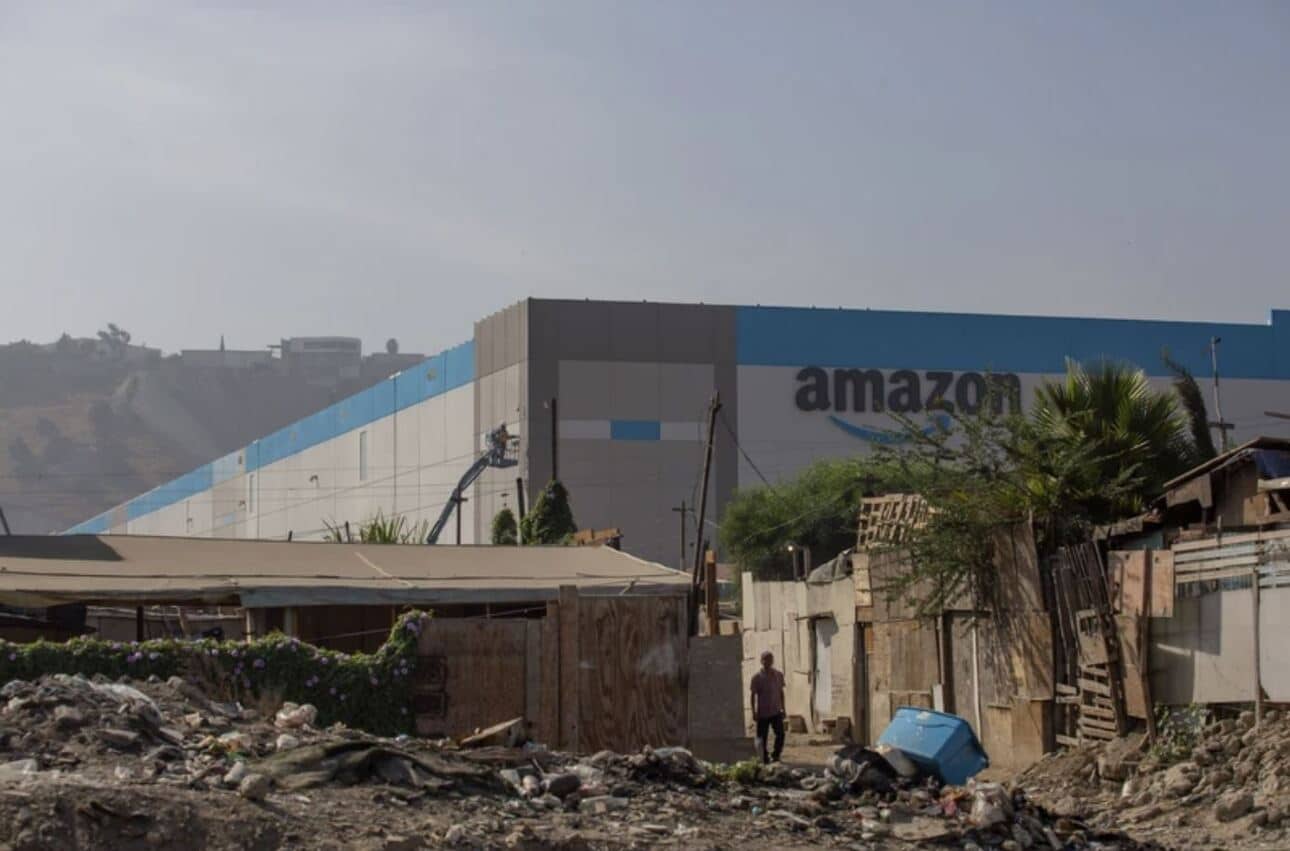Amazon just opened a brand new warehouse in the middle of the Tijuana shacks, a city in Mexico near the border with the United States. The images have already traveled around the world, as they express a heavy contrast between the wealth of the multinational and the context of extreme degradation in which the newly built warehouse stands. But why was this Amazon headquarters built right there?
Amazon and the new warehouse of Tijuana
The main reason why Amazon decided to build the new warehouse is precisely a Tijuana resides in the place where the city stands. This location is in fact located very close to the border between the United States and Mexico, one of the most traveled borders on the entire planet and is part of the industrial zone of southern California, which in turn is considered one of the most important points of the US logistics sector.
It is therefore a more than perfect territory for many companies including, as you may have already guessed, Amazon. The strategic advantage is clear: big American cities are very close to Tijuana, and building your own warehouse in Mexico is the perfect ploy to get around customs duties, especially after Trump’s taxes on trade with China.
These photos of a new Amazon warehouse in Tijuana, Mexico have been going viral as the “This is capitalism” picture of the year. But there’s a lot more going on here than the picture can tell you. Let’s trace the Amazon supply chain! A thread:👇 1/ pic.twitter.com/XDNC5XkvgV
— Charmaine Chua (@CharmaineSChua) September 7, 2021
This Amazon fulfillment center is therefore not intended to distribute products in Mexico, but with the United States and will in all likelihood employ cheap Mexican labor to process goods before export. The goods then arrive first at the Tijuana warehouse and then are sent directly to their buyers or to a second warehouse located in San Diego, point of reference for sending goods to the rest of American soil.
They have been invested in the construction of the new centerthe 21 million dollars and the construction supervisor, Maria Cortez, said it will help Tijuana’s economic development and well-being. According to official data, in fact, project a has already created 250 jobs within the city.















Leave a Reply
View Comments